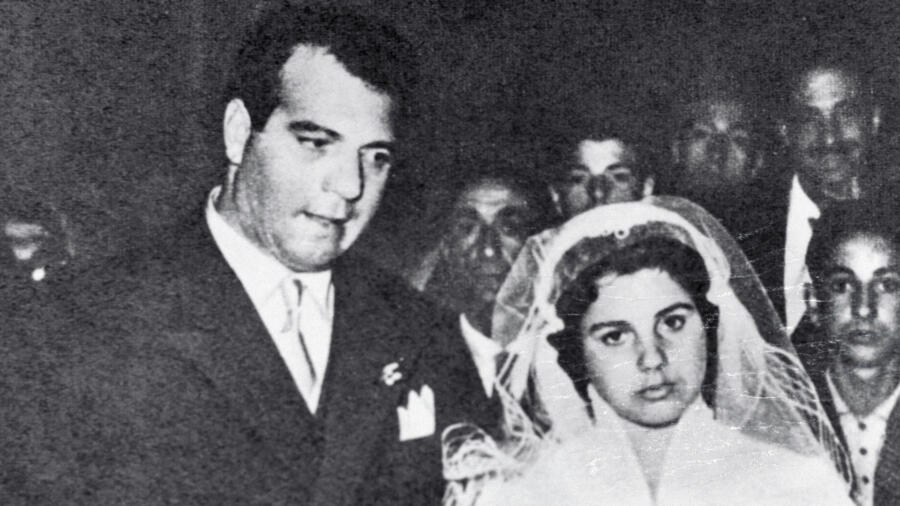Italian Mafia Women in Power
The Mafia has long been draped in masculine mythology—suited men in smoky rooms, cold-blooded dons issuing death orders with a nod. But behind this cloak of machismo lies a truth darker and more complex: the rise of Italian Mafia women to positions of stunning authority. As shocking as it is fascinating, this transformation was not overnight. It evolved through bloodshed, silence, tradition, and, ironically, law enforcement crackdowns. Women didn’t just support the mob. Some built it. Some ruled it.
The Traditional Gender Roles in Italian Mafia
For centuries, women in the Mafia were seen primarily as caretakers—protectors of home and heritage, not cartels or crime syndicates. They were raised with old-world values: loyalty, silence, and familial duty. Their realm was domestic, and their power informal.
But this apparent submissiveness was deceptive. Within the family, women often controlled money, relationships, and, most crucially, information. As the backbone of criminal households, their ability to manipulate without overt power laid the foundation for future dominion.
Women as Supporters, Not Soldiers
In the early days, few women took part in the actual operations. Instead, they were the ones hiding weapons, burning evidence, and crying crocodile tears in court to support alibis. Their perceived innocence became one of the Mafia’s greatest shields.
While the men stood trial or went underground, women protected the legacy. They were the heartbeat of silence—keeping the code of Omertà alive not out of fear, but out of ingrained ideology. This silent strength soon morphed into something more dangerous: ambition.
When Silence Turned to Strategy
As Italy’s legal system grew sharper in the late 20th century, many mafia men found themselves behind bars. And when the heads rolled, someone had to run the body. Step by step, women filled the vacuum—first managing businesses, then drug rings, then orchestrating hits.
In doing so, they discarded the veil of innocence and embraced a role they were always groomed for—leadership. The transition was quiet, like everything else they did, but explosive in impact.
The Assassination That Shook Naples
Few names resonate like Assunta “Pupetta” Maresca. Her story begins with tragedy: the murder of her husband by rival gangsters. Pregnant and devastated, she took justice into her own hands—literally. In 1955, Pupetta walked into a Naples store and gunned down her husband’s killer in broad daylight.
She was arrested, convicted, and celebrated.
Her notoriety exploded. Songs were written, headlines blazed, and her trial became a spectacle. But what truly shook Italy was not her crime—it was her charisma and refusal to play the victim. Pupetta was a cold-blooded killer with the poise of a movie star. And that terrified people.
The Transition of Women into Mafia Leadership
As crackdowns continued into the 1990s, more women stepped forward to keep operations running. Daughters, wives, even grandmothers became financial managers, recruiters, and liaisons. They adapted quickly—often better than their male counterparts.
One reason? They knew how to avoid attention. Men flaunted their power; women cloaked it. That subtlety became their strength.
Why Mafia Women Are Equally, If Not More, Ruthless
Barbie Latza Nadeau, in her gripping book The Godmother, makes a shocking point: women in the mafia are often more cutthroat than the men. Why? Because they have more to prove. They carry generations of subjugation, cultural suppression, and enforced silence.
And when they break free, they do so without restraint.
Mafia Women’s Role in Community Devastation
Despite moments of sympathy or even admiration for their tenacity, these women are not role models. Their crimes are real—and deadly. Toxic waste is dumped under schools. Bribery destroys justice. Entire communities are poisoned—literally and morally—by their decisions.
Their legacy isn’t empowerment. It’s destruction.
How the Narrative of Mafia Women Has Evolved—and Why It Matters
Today, Italian Mafia women still exist. Some are in hiding. Others are in prison. A few are turning state’s witness—pentiti—risking everything to dismantle the system they once upheld.
But their stories challenge every stereotype about gender and power. They show that women are not inherently more compassionate or less violent. Given the opportunity—and the motivation—they can rule empires of blood just as effectively as men.
FAQs
What role did Pupetta Maresca play in the Mafia?
She was both a mafia wife and a boss, famous for murdering her husband’s killer in public while pregnant, becoming a symbol of female retaliation in the mob.
Are Italian Mafia women still active today?
Yes, although many operate more discreetly. Some are even running international operations under the radar.
Do mafia women have the same power as male bosses?
In many cases, yes. Especially when male leadership is absent or imprisoned, women can assume full control of operations.
Why were mafia women underestimated for so long?
Cultural gender roles and the mafia’s own propaganda helped portray them as uninvolved, which provided them cover to rise in power unnoticed.
Is the portrayal of mafia women in media accurate?
Not entirely. Media often glamorizes or romanticizes them, while real-life mafia women are often more ruthless and strategic.
What happens to mafia women who try to leave the life?
They face threats, retaliation, and isolation. Some enter witness protection, but others are killed for betrayal.

